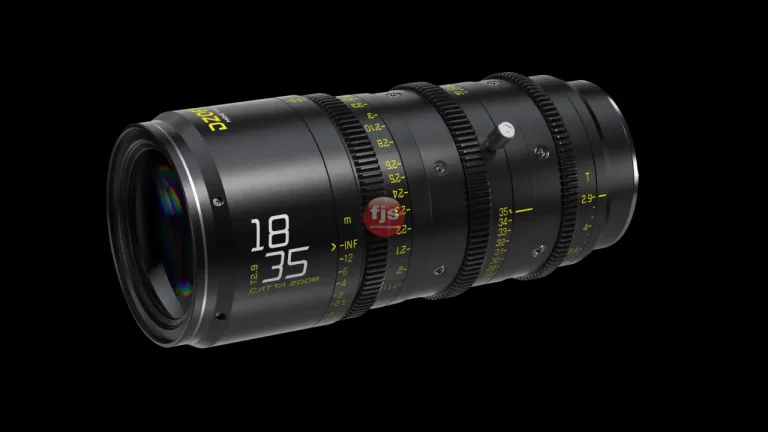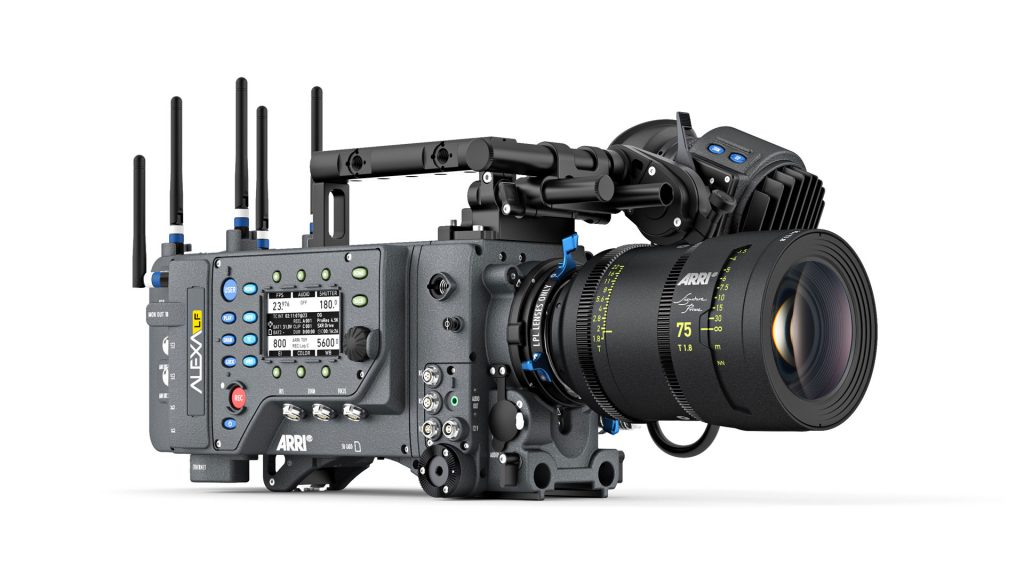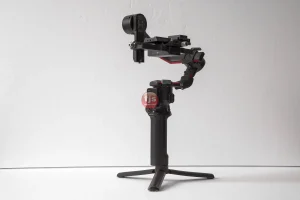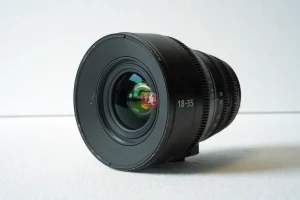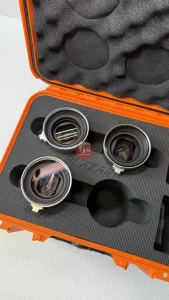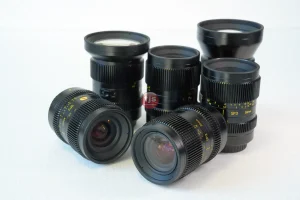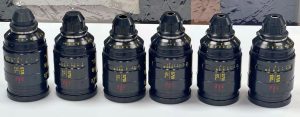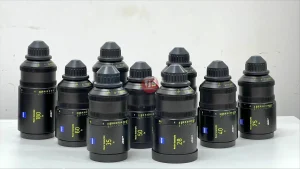Choosing between prime and zoom lenses is a common dilemma for photographers, whether they’re just starting out or are seasoned pros. Both types of lenses have unique characteristics that make them suitable for different photographic styles and situations. Understanding these differences is key to selecting the right tool to capture your vision.
Key Features and Benefits
Here’s a breakdown of the key features and benefits of prime and zoom lenses:
Prime Lenses
Prime lenses have a fixed focal length, meaning you can’t zoom in or out. For example, a 50mm prime lens will always be 50mm.
- Superior Image Quality: 🖼️ Generally, prime lenses offer sharper images and better optical performance. With fewer moving parts and a simpler optical design, they’re less prone to aberrations like distortion and chromatic aberration. This translates to crisp details and vibrant colors in your photographs.
- Wider Apertures (Lower f-numbers): Prime lenses typically have wider maximum apertures (e.g., f/1.4, f/1.8, f/2.8) compared to zoom lenses.
- Excellent in Low Light: A wider aperture allows more light to reach the sensor, making prime lenses ideal for shooting in dimly lit environments without resorting to high ISOs, which can introduce noise.
- Beautiful Background Blur (Bokeh): The ability to open the aperture wide creates a shallower depth of field, blurring the background beautifully and making your subject pop. This “bokeh” effect is highly sought after in portrait and artistic photography.
- Smaller and Lighter: Due to their simpler construction, prime lenses are often more compact and lighter than zoom lenses. This makes them easier to carry around, reducing the overall weight of your camera bag – a significant advantage for travel or street photography.
- Encourages Creative Composition: With a fixed focal length, you’re forced to “zoom with your feet.” This encourages photographers to think more critically about composition, perspective, and framing. It can lead to more intentional and unique shots.
- Often More Affordable: While professional-grade prime lenses can be expensive, many entry-level prime lenses (like a “nifty fifty” 50mm f/1.8) are very budget-friendly, offering exceptional image quality for their price.
Zoom Lenses
Zoom lenses, as their name suggests, have a variable focal length, allowing you to zoom in and out within a certain range (e.g., 24-70mm, 70-200mm).
- Versatility and Convenience: 🔄 The most significant advantage of zoom lenses is their versatility. You can cover a wide range of focal lengths with a single lens, eliminating the need to constantly switch lenses. This is incredibly convenient in fast-paced shooting situations, like events, sports, or travel, where missing a shot due to a lens change isn’t an option.
- Ideal for Diverse Situations: From wide-angle landscapes to telephoto close-ups, a single zoom lens can handle a multitude of scenarios. This makes them a go-to choice for general-purpose photography and for photographers who need to adapt quickly to changing subjects or scenes.
- Faster Workflow: Not having to change lenses as frequently can speed up your workflow and reduce the risk of dust getting onto your camera’s sensor.
- Image Stabilization (Often Included): Many zoom lenses, especially telephoto zooms, come with built-in image stabilization (IS). This technology helps to reduce camera shake, allowing you to shoot at slower shutter speeds handheld and still achieve sharp images, particularly useful in challenging lighting conditions or when shooting at longer focal lengths.
- Covers a Range of Perspectives: A zoom lens allows you to experiment with different perspectives from a fixed position. This can be beneficial when you’re unable to move closer or further away from your subject due to physical constraints.
Conclusion
Ultimately, the choice between prime and zoom lenses depends on your individual photographic needs, budget, and shooting style.
- Choose a prime lens if: you prioritize ultimate image quality, enjoy working with wide apertures for low-light performance and beautiful bokeh, prefer a lighter setup, and are willing to “zoom with your feet” to achieve your desired composition. They are fantastic for portraits, street photography, and artistic work.
- Choose a zoom lens if: you value versatility and convenience, need to adapt quickly to different shooting situations, want to reduce lens changes, and appreciate the added benefit of image stabilization. They are excellent for travel, events, sports, and general-purpose photography.
Many photographers find that having a combination of both prime and zoom lenses in their kit provides the best of both worlds, allowing them to tackle a wide variety of photographic challenges with confidence. Experiment with both types to discover what truly enhances your photographic journey.
Questions and Answers
Q1: Can I get good bokeh with a zoom lens?
A1: While prime lenses generally excel at producing more pronounced and creamy bokeh due to their wider maximum apertures, some high-quality zoom lenses, especially those with constant wide apertures (e.g., f/2.8 throughout the zoom range), can also achieve pleasing background blur. However, the effect may not be as extreme or as smooth as with a fast prime lens.
Q2: Are prime lenses always sharper than zoom lenses?
A2: For the most part, yes. The simpler optical design of prime lenses allows manufacturers to optimize them for a single focal length, leading to fewer optical compromises and thus sharper images. While modern zoom lenses have made significant advancements in optical quality, prime lenses often still have an edge in terms of sharpness and overall image fidelity.
Q3: Is it harder to use a prime lens than a zoom lens?
A3: It’s not necessarily “harder,” but it requires a different approach. With a prime lens, you don’t have the luxury of zooming, so you must physically move to adjust your framing. This can be more challenging in certain situations but also encourages a more deliberate and creative approach to composition, making you a more thoughtful photographer.
Q4: Which type of lens is better for beginners?
A4: For beginners, a zoom lens (like a standard kit lens that comes with most cameras, typically 18-55mm) is often recommended initially due to its versatility. It allows you to experiment with different focal lengths and understand how they affect your images without needing to buy multiple lenses. However, adding a fast prime lens (like a 50mm f/1.8) early on can also be highly beneficial for learning about aperture, depth of field, and low-light shooting.
Q5: Do I need both prime and zoom lenses?
A5: You don’t necessarily need both, but having a combination can significantly expand your creative options. Many photographers build their kit with a versatile zoom lens for general use and a few key prime lenses for specific purposes like portraits or low-light photography.

